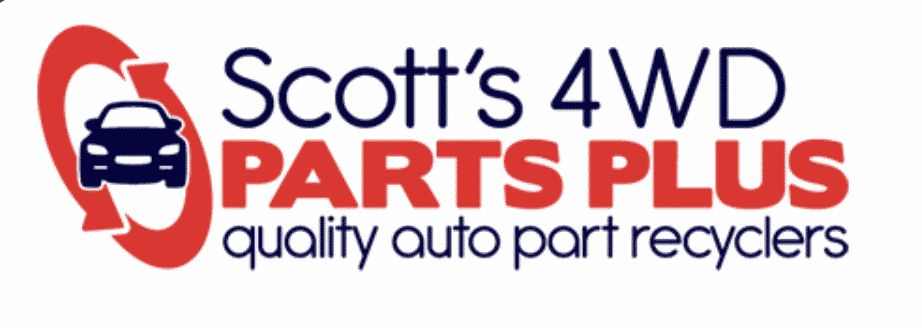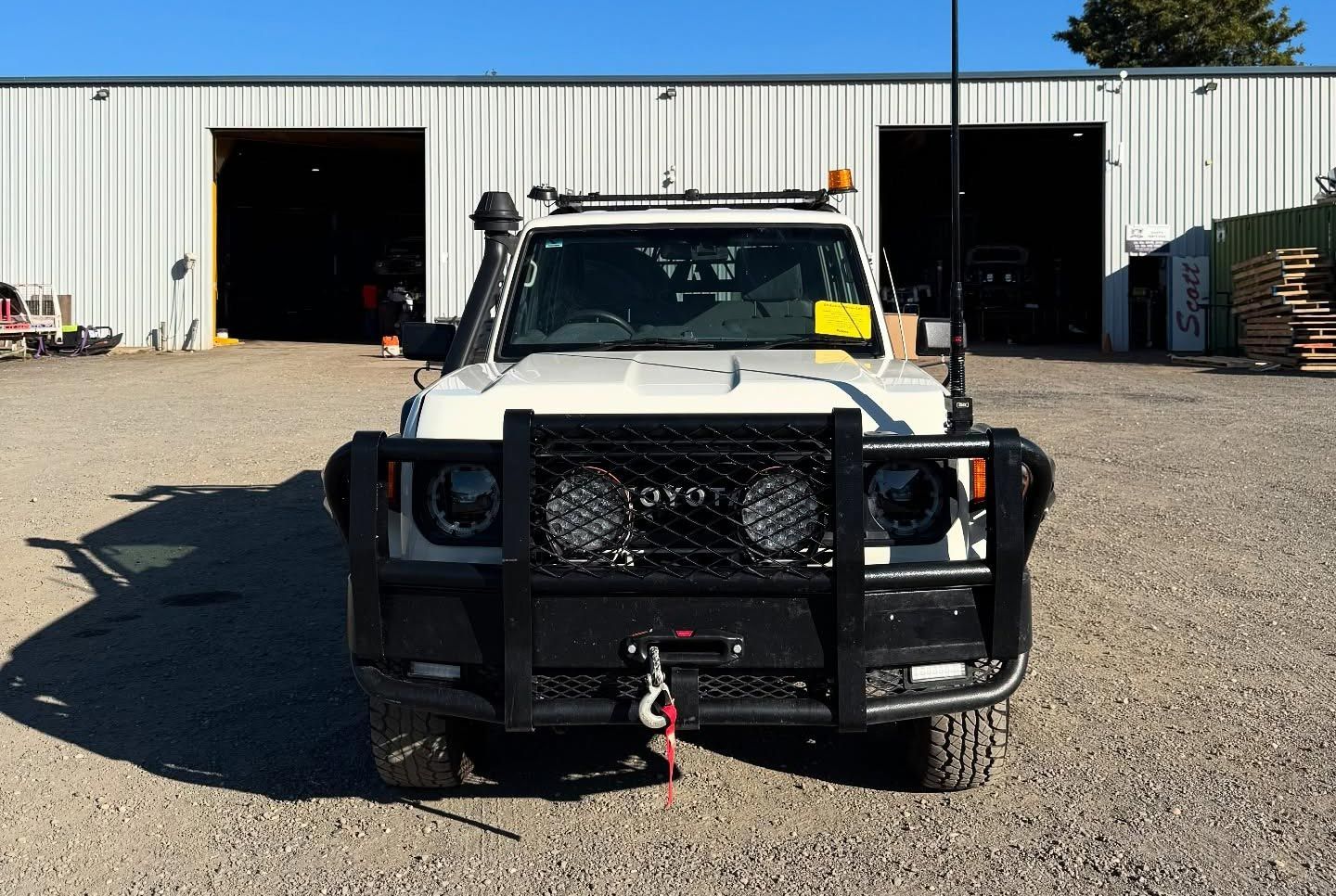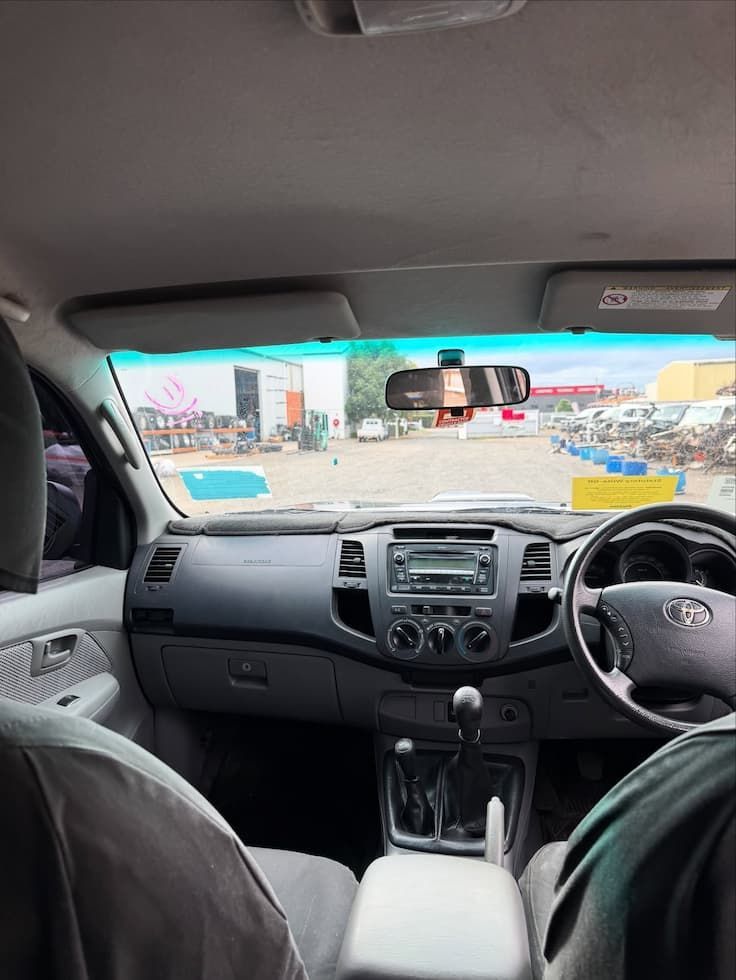OEM vs Aftermarket Parts: What’s Best for Your Car?
Imagine you’re standing at the counter of your local auto parts supplier. Your mechanic has just handed you a list of parts needed for your vehicle repair. The next question is one you weren’t expecting: Do you want OEM or aftermarket parts? For many car owners, this moment sparks uncertainty. The choice between Original Equipment Manufacturer (OEM) parts and aftermarket alternatives is one that can significantly impact your vehicle’s performance, safety and running costs.
Whether you’re a car owner doing your own repairs, a DIY enthusiast looking to maintain your vehicle, or a local mechanic sourcing parts for customers, understanding the pros and cons of OEM and aftermarket parts can help you make informed decisions. Let’s explore the key differences and why choosing the right parts matters for every vehicle on the road.
Understanding OEM Parts
OEM, or Original Equipment Manufacturer parts, are produced either by your vehicle’s manufacturer or an authorised supplier. These components are identical to the parts installed in your vehicle during its initial production, ensuring a consistent fit and performance.
- OEM parts are designed specifically for your vehicle’s make and model, guaranteeing proper fitment.
- They meet the manufacturer’s original specifications, maintaining consistent quality.
- Many OEM parts are backed by warranties that offer peace of mind.
- Availability can sometimes be limited, requiring orders through authorised dealers or specialised auto parts suppliers in Dubbo.
- Typically, OEM parts carry a higher upfront cost compared to aftermarket options.
The Appeal of Aftermarket Parts
Aftermarket parts are manufactured by third-party companies that are not directly affiliated with the original vehicle manufacturer. These parts are reverse-engineered to fit a wide range of vehicle makes and models.
- Aftermarket parts are generally more affordable than OEM alternatives, making them attractive to cost-conscious consumers.
- They offer a wide variety of brands and models, often readily available from auto parts suppliers.
- Some aftermarket options provide performance enhancements or customisation that OEM parts may not offer.
- Quality can vary considerably depending on the manufacturer, requiring careful selection of reputable brands.
- While many aftermarket parts perform well, some may have fitment or durability issues.
Impact on Vehicle Performance
The performance of your vehicle can be directly influenced by the type of parts you select. OEM parts are engineered to match your vehicle’s original performance specifications. In contrast, aftermarket parts, depending on their quality, can either maintain, improve, or potentially compromise performance.
- High-quality aftermarket parts may enhance certain performance aspects, such as braking or suspension.
- Low-quality aftermarket parts might lead to inconsistent performance or premature wear.
- Using OEM parts generally preserves factory performance, offering predictable results.
Safety Considerations
Safety is paramount when selecting parts, particularly for critical systems like brakes, steering, and airbags. These components directly affect your vehicle’s ability to protect occupants during normal operation and emergencies.
- OEM parts undergo rigorous testing to meet the manufacturer’s safety standards.
- Some aftermarket parts meet or exceed these standards, but others may lack comprehensive testing.
- Reputable auto parts suppliers can guide you to safe and reliable aftermarket options.
- When in doubt, prioritising OEM parts for safety-critical systems is often the prudent choice.
Cost Comparison Over Time
While aftermarket parts typically offer lower initial costs, their long-term value can vary based on quality and durability.
- OEM parts may have higher upfront costs, but often last longer and perform more reliably.
- Warranties associated with OEM parts can reduce unexpected repair expenses.
- Poor-quality aftermarket parts may require more frequent replacement, increasing long-term costs.
- High-quality aftermarket parts can deliver durability and performance comparable to OEM components at a lower price.
Summary of Cost Considerations:
- OEM Pros: Longer lifespan, consistent performance, warranty protection.
- OEM Cons: Higher purchase price, sometimes limited availability.
- Aftermarket Pros: Lower upfront cost, broader selection, potential for performance upgrades.
- Aftermarket Cons: Quality varies, potential fitment challenges, shorter lifespan with low-grade options.
Getting the Right Parts, When You Need Them
Availability can significantly influence car owners’ purchasing decisions. While OEM parts may require ordering through dealerships, with potential delays, aftermarket parts are often readily available from local auto parts suppliers.
- Local suppliers often stock a wide range of aftermarket components for immediate purchase.
- Specialised auto parts stores in Dubbo may also carry select OEM parts or facilitate quick orders.
- Faster availability of aftermarket parts reduces vehicle downtime during repairs.
- Developing a relationship with a reliable local parts supplier ensures quick access to high-quality options.
Environmental Impact
Environmental responsibility is increasingly influencing purchasing decisions, even in the automotive sector. The choice between OEM and aftermarket parts can have varying environmental implications.
- Some aftermarket manufacturers use recycled or sustainably sourced materials.
- Reputable brands may adopt greener manufacturing processes to reduce waste.
- OEM parts, while consistent in quality, may not always prioritise eco-friendly production.
- Eco-conscious consumers can consult with local auto parts suppliers to explore sustainable options.
Expert Guidance Matters
With so many variables to consider, navigating the choice between OEM and aftermarket parts can be overwhelming. Consulting with experienced professionals can help clarify your options.
- Professionals have extensive knowledge of both OEM and aftermarket brands.
- They can assess your vehicle’s requirements, driving habits, and maintenance goals.
- Personalised recommendations help you balance cost, performance, and safety.
- Building a relationship with a trusted supplier provides ongoing support for future repairs and upgrades.
Explore Our Full Range of Auto Parts in Dubbo
Choosing between OEM and aftermarket parts isn’t just about price—it’s about finding the right balance of performance, safety, and long-term value. The best decision is the one that fits your vehicle’s unique needs and how you use it every day.
At
Scott’s 4WD Parts Plus, we know that the decision between OEM and aftermarket parts can be overwhelming. That’s why we’re here to help you navigate your options and find the most suitable parts for your vehicle, whether you’re a mechanic or an everyday driver. If you’re unsure which option is best for your vehicle,
get in touch via our contact page or
give us a call. We’re ready to help you keep your car running safely, smoothly and efficiently.







